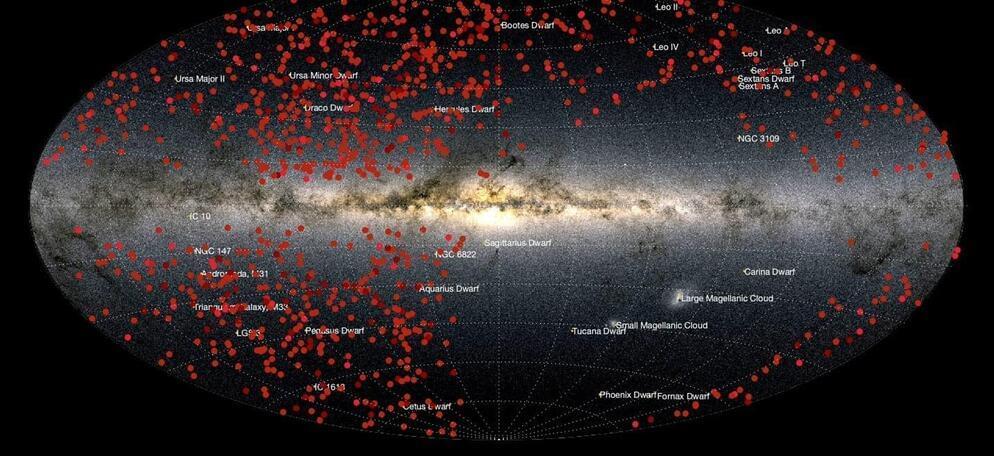Astronomers at Caltech have used a machine learning algorithm to classify 1,000 supernovae completely autonomously. The algorithm was applied to data captured by the Zwicky Transient Facility, or ZTF, a sky survey instrument based at Caltech’s Palomar Observatory.
“We needed a helping hand, and we knew that once we trained our computers to do the job, they would take a big load off our backs,” says Christoffer Fremling, a staff astronomer at Caltech and the mastermind behind the new algorithm, dubbed SNIascore. “SNIascore classified its first supernova in April 2021, and, a year and a half later, we are hitting a nice milestone of 1,000 supernovae.”
ZTF scans the night skies every night to look for changes called transient events. This includes everything from moving asteroids to black holes that have just eaten stars to exploding stars known as supernovae. ZTF sends out hundreds of thousands of alerts a night to astronomers around the world, notifying them of these transient events. The astronomers then use other telescopes to follow up and investigate the nature of the changing objects. So far, ZTF data have led to the discovery of thousands of supernovae.
